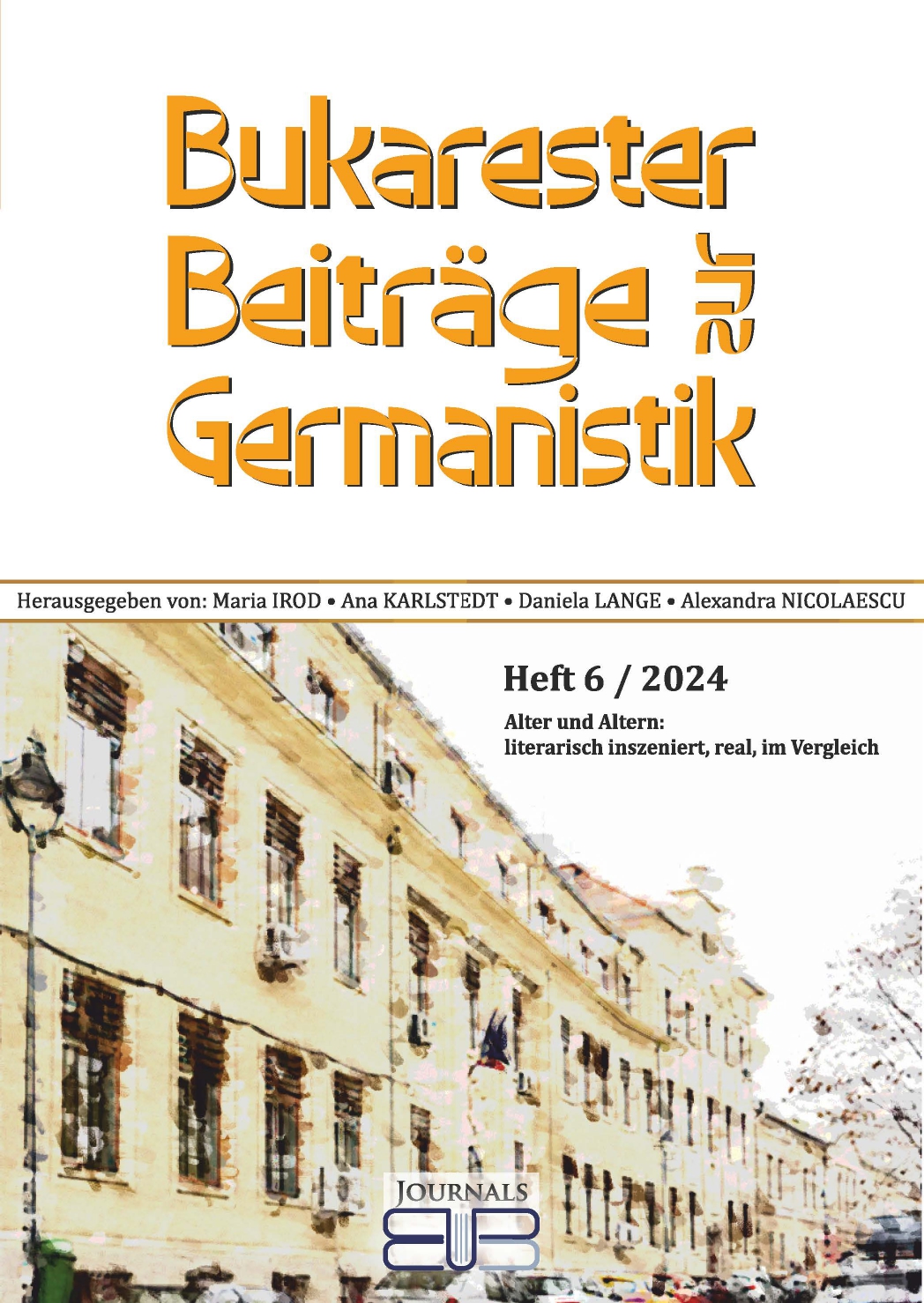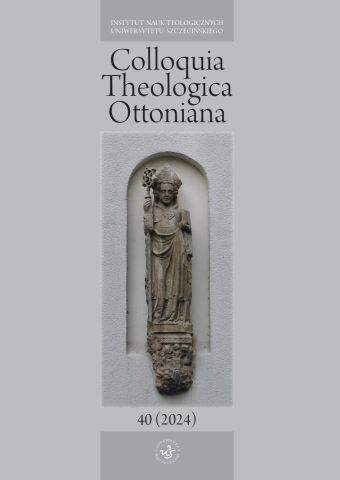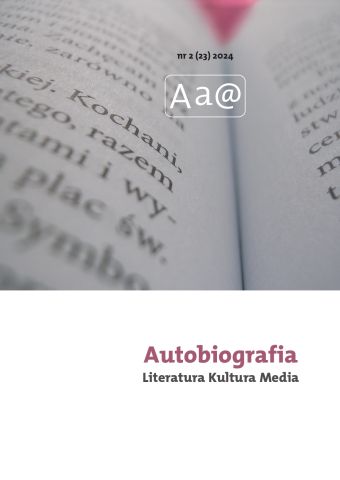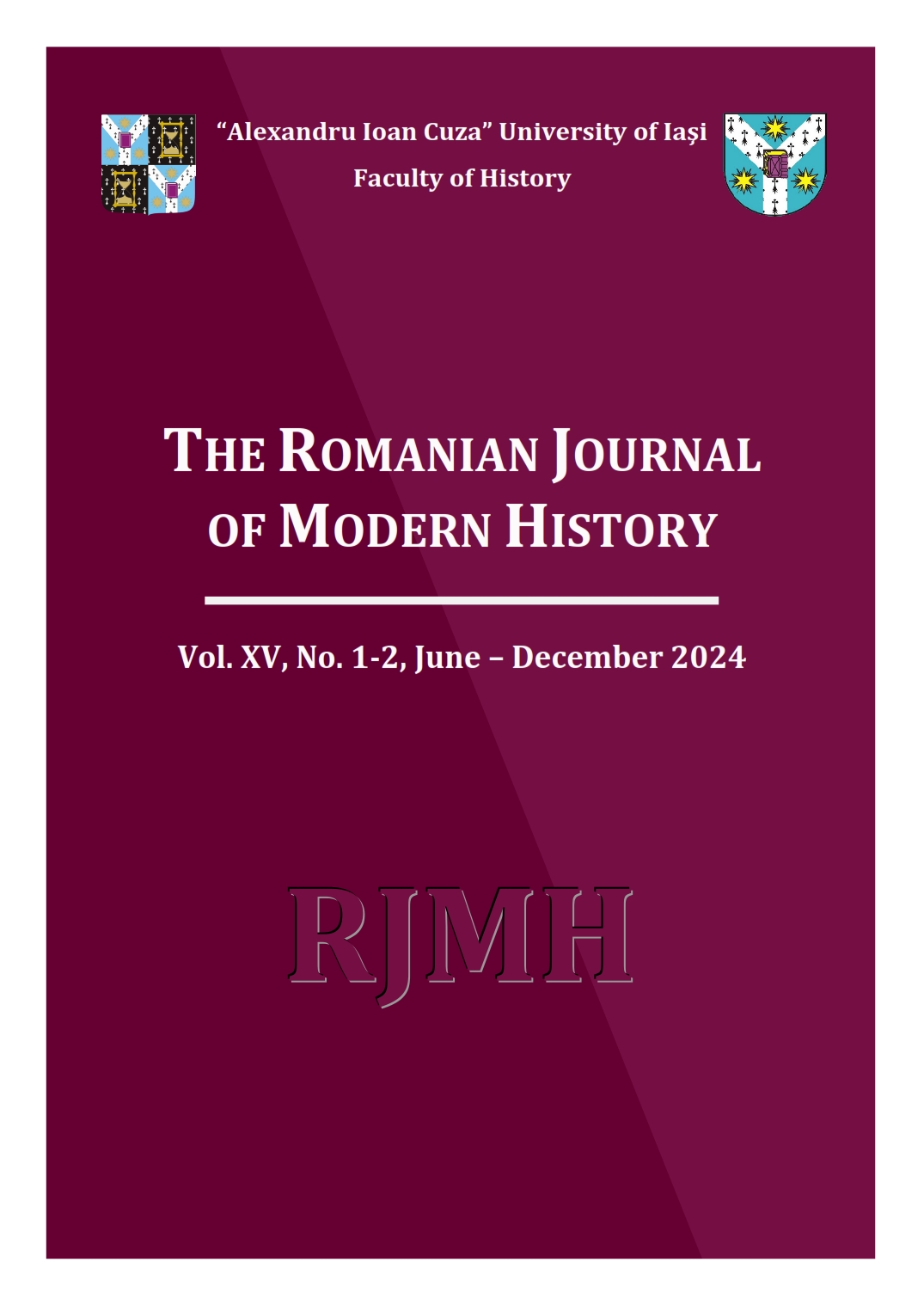
Aspekte des Alter(n)s im Schwankzyklus ,,Till Eulenspiegel''
In society and in literature, age is often associated with positive (wisdom, life experience) or negative aspects (stubbornness, impatience). The article examines the extent to which the biological age influences social relationships, experiences and/or behavior, and the reactions of the archetypal German prankster and his interaction partners.
More...



